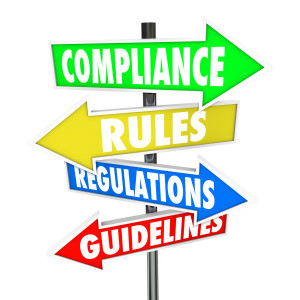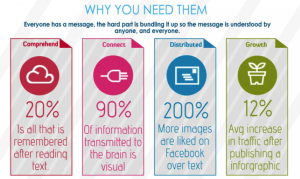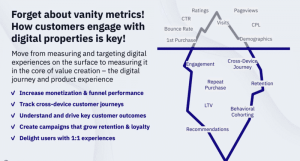Predicting Creative Performance Moves Campaigns Into 2021
What if marketers could predict the outcome of their creative in advertisements long before a campaign begins?
Pattern89 believes it can by analyzing about 200 billion data points, across Facebook and Instagram, along with more than 49,000 dimensions per piece based on 11 years of historic data. The technology looks for patterns.
“No amount of experience or practice could have prepared marketers in the industry for what it went through in 2020 or 2021,” said RJ Taylor, CEO of Pattern89. “It has to come from AI and machine learning.”
COVID-19 has changed how consumers view advertisements. There’s a lot more internet traffic, he said, and consumers get tired of seeing the same images repeatedly.
Brands, on average, create about 128 creatives annually. “Brands usually ask what video to use, what colors to use, how long should the headline be,” he said. “They’re looking for patterns.”
Most marketers use A/B or multivariate testing to determine what will work best, but today there is AI machine modeling through computer vision and natural-language processing.
It can make predictions such as whether the blue shirt will sell the product better than then green one with more than 95% accuracy, he said.
The lifecycle of a creative varies in length, depending on objectives, industries and content. Marketers know how long campaigns usually last, but they don’t necessarily know how long they should last.
Most top-performing creatives should catch the attention of consumers for 10.4 days. The lifecycle for sports and entertainment creatives is 16 days; health and medical, 21 days; and home goods about 25 days. Pattern89 estimates the average creative should last 36 days, but few do.
The predictive technology that determines performance relies on a few key factors to make these predictions, such as a data co-op with nearly 1,700 brands provides some of the data.
Facebook and Instagram analytics, along with brands’ creatives make it happen. The dimensions like blue shirts, beards, visual glasses and more are tagged as attributes. The technology then determines how the attributes contributed to the performance of the creatives. On average it drive 31% lift.
Taylor says the technology can predict a campaign’s life cycles by industry, and the optimal creative lifecycle length. Imagery and colors to embrace, and avoid, in the coming months. Which CTAs will actually drive clicks.
(46)
Report Post




